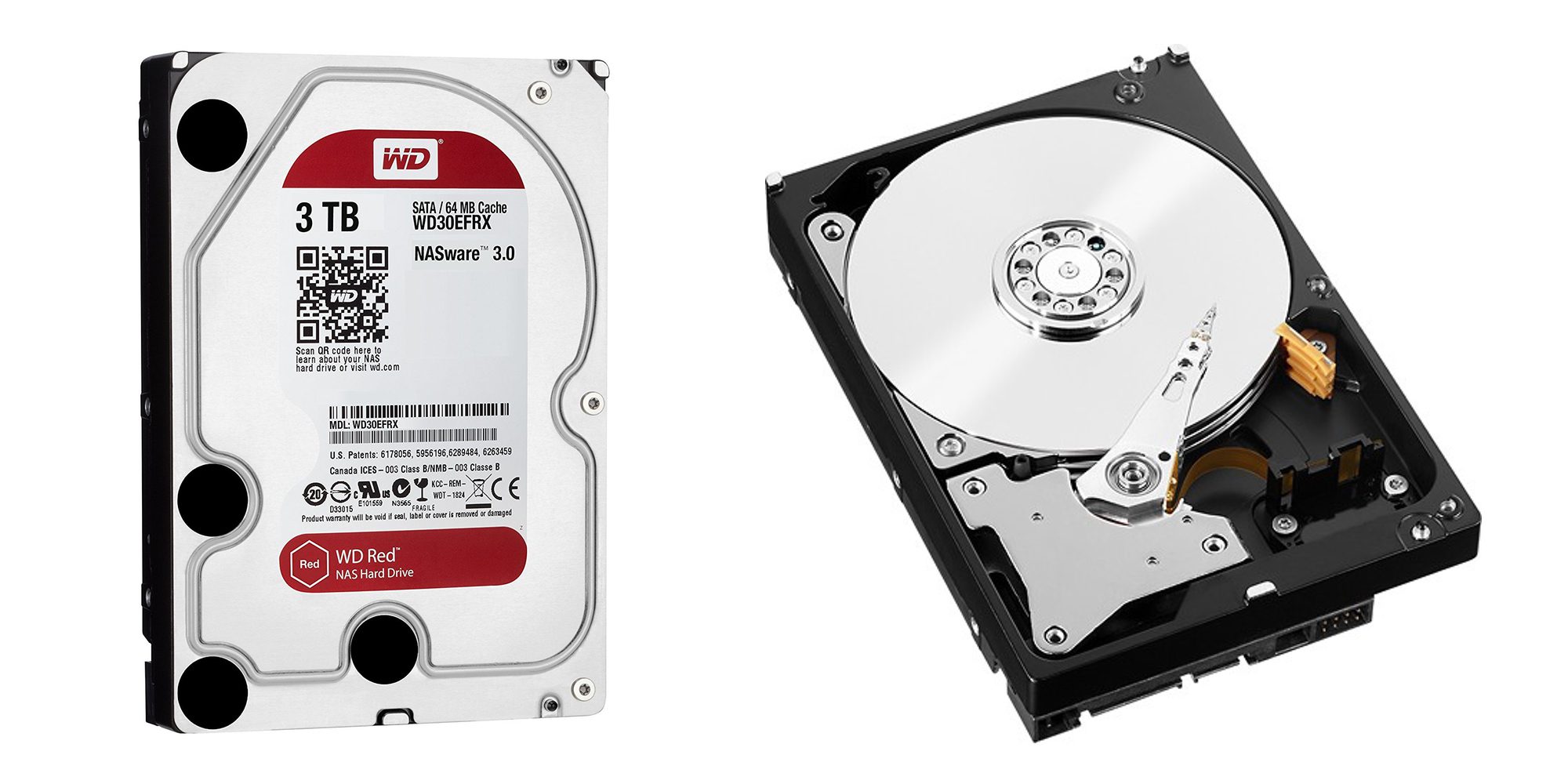
The competitiveness on the consumer front matches the company’s increased enterprise cloud ambitions, with a recent rebranding to G Suite and unifying of various cloud products under Google Cloud. Interestingly, the 10TB, 20TB, and 30TB plans that start at $99.99 per month and go to $299.99 are only available in monthly installments, with no discounts. The new pricing move brings Google Drive in line with Dropbox for 1TB of annual storage. Meanwhile, Microsoft OneDrive offers 50GB of storage for $1.99 a month, with higher tiers only available with an Office 365 subscription.
#1 tb google drive cost free#
The 100GB and 1TB plans are the lowest amounts offered by Google Drive after the free 15GB option that every account receives. Pre-paying annually for 100GB will save users 16% ($19.99 versus $23.88) and 17% on the 1TB tier ($99.99 versus $119.88). As a result, the 100GB and 1TB options also see a nice discount for those who prepay annually. As you use the drive and it learns which files should be cached, speed will gradually improve.With Google Drive subscriptions being processed and managed in Google Play, the cloud storage service is now adding an annual subscription option for its lowest tier plans. When you start using a hybrid drive, no caching will have occurred - so the drive will be just as slow as a traditional mechanical drive. That caching algorithm will store operating system and program files in the solid-state memory, offering solid-state speeds when accessing cached files. You don’t have to think about which files should be where or deal with two separate drives in your operating system.Ī hybrid hard drive will be significantly faster than a mechanical drive. If you want both solid-state speeds and a large amount of storage space, having a hybrid drive may be simpler because the drive moves files around for you. Hybrid drives are only useful because solid-state drives are still more expensive per GB. A solid-state drive would be superior in every way. If magnetic, spinning-platter drives and solid-state drives currently cost the same amount per GB, there’d by no need for hybrid drives at all. It’s all about price and storage capacity. 8 GB is a decent amount of storage space for holding system files and programs, but it doesn’t compare to 128 GB or 256 GB that can hold all your system and program files. The top hybrid hard drives on Amazon have 1 TB of mechanical space and only 8 GB of solid-state memory. Importantly, most hybrid drives have a fairly small amount of SSD storage. The drive handles this on its own - you don’t have to shuffle files around or decide what goes where. The goal is to have the drive access system and program files with the speed of a solid-state dive, and provide the storage capacity of a magnetic drive for other files.

Although this is a cache, it’s stored in non-volatile solid-state memory - that means it persists across reboots, so it speeds up your startup process. The SSD portion of the drive acts as a “cache” - files you access frequently, such as your operating system files and program files - are stored on the SSD portion of your drive by your firmware. Instead, the drive’s firmware manages what is and isn’t on the solid-state drive. You’re not in charge of deciding which files go on the mechanical drive and which files go on the solid-state drive.

Importantly, this hard drive appears as a single drive to your operating system. Hybrids Are Magnetic Drives With SSD StorageĪ hybrid hard drive contains both a traditional magnetic drive and the amount of solid-state storage you’d find in a small solid-state drive. If you want to move a program to a different drive, you may have to uninstall it and reinstall it at a different location.

If you want to move a file to a different drive, you’ll have to move it yourself. This requires installing both drives in the computer and choosing which files and programs to place on each drive. The larger mechanical drive can be used for long-term storage of files that don’t need to be accessed as quickly - a media or photo collection, for example. The solid-state drive is used for system files, programs, application data, and anything else that really benefits from the speed.
#1 tb google drive cost Pc#
To get the advantages of both, many power users and PC gamers use both a solid-state drive and mechanical drive in their systems.


 0 kommentar(er)
0 kommentar(er)
